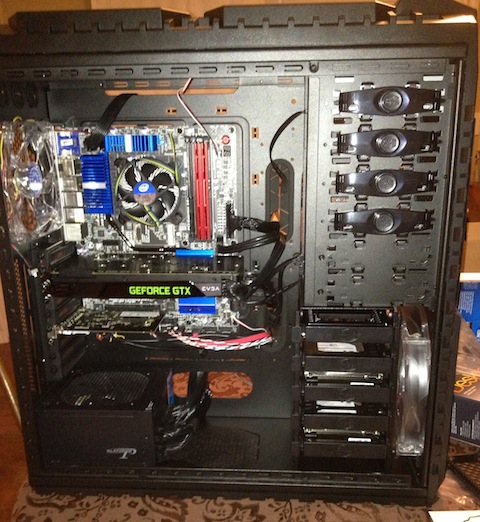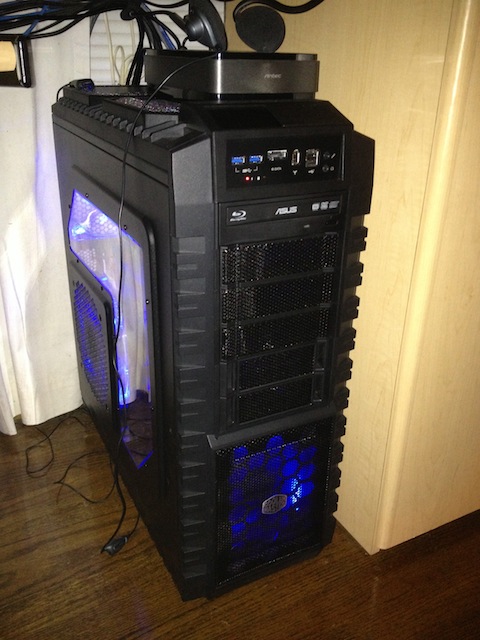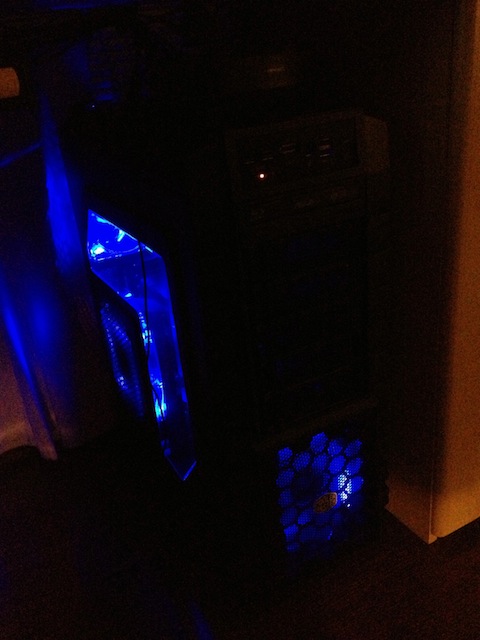Coolermaster 212+ or EVO, great coolers that won't break the bank.
This but honestly if you're not going to OC the stock coolers on the i7 are more than capable; however, with that said an aftermarket cooler especially those mentioned above will perform significantly better than the stock intel cooler.
![[H]ard|Forum](/styles/hardforum/xenforo/logo_dark.png)


